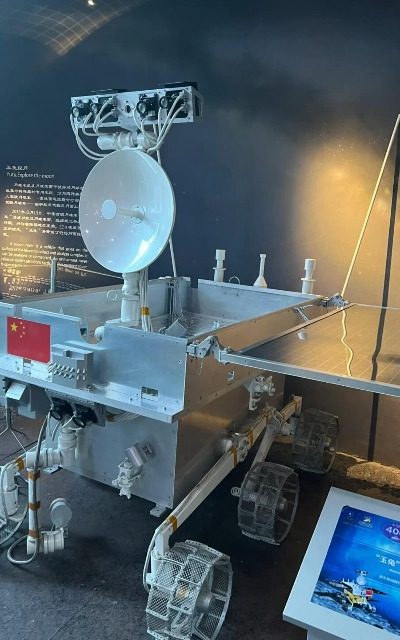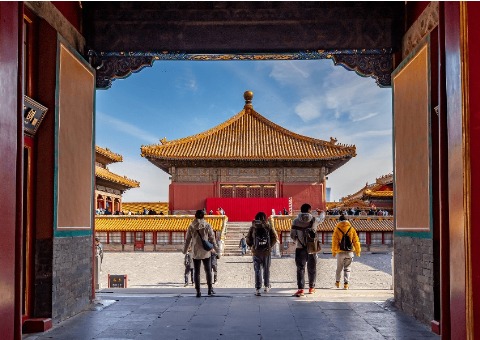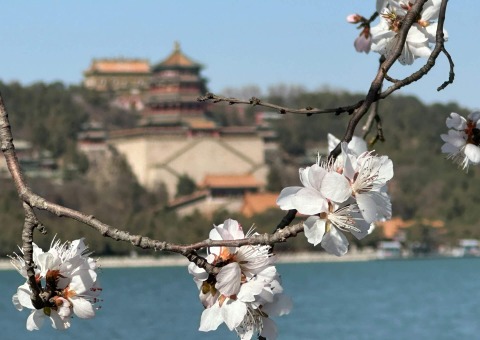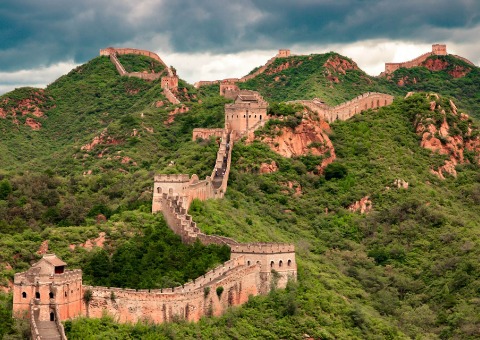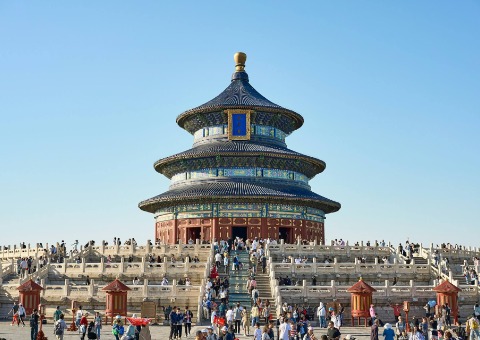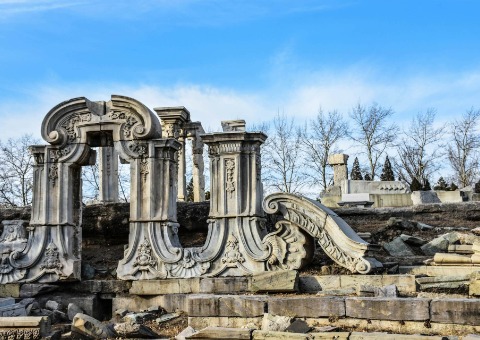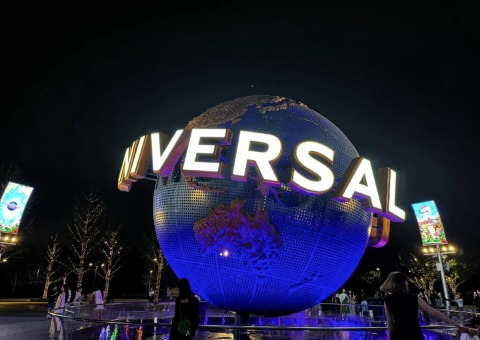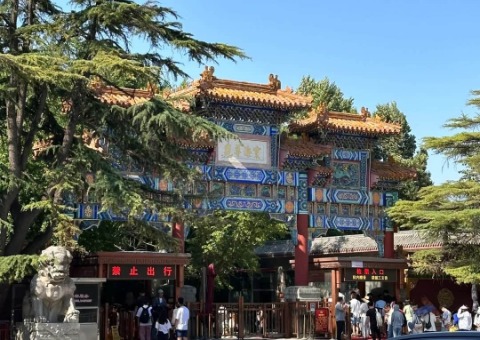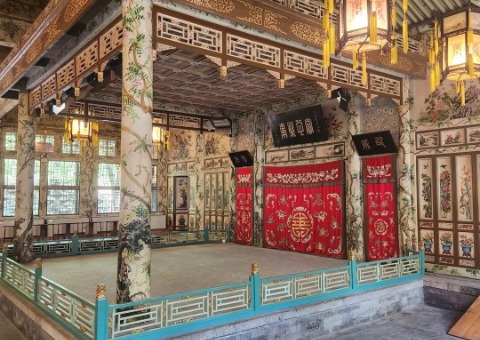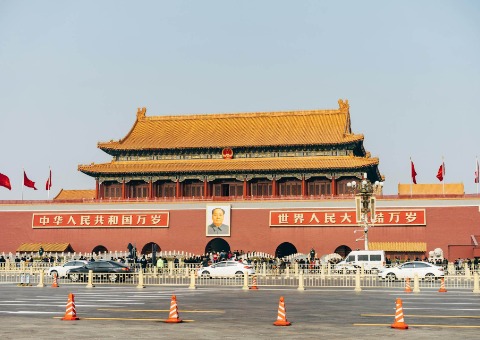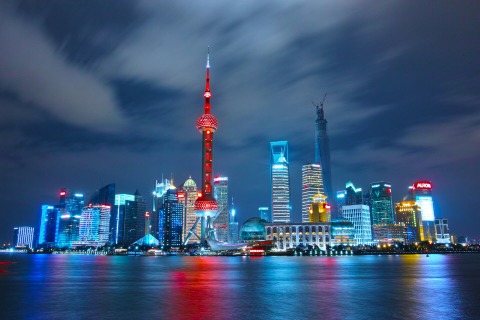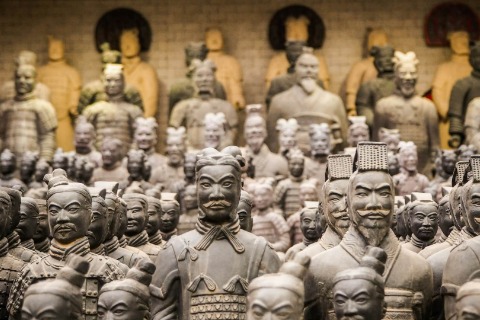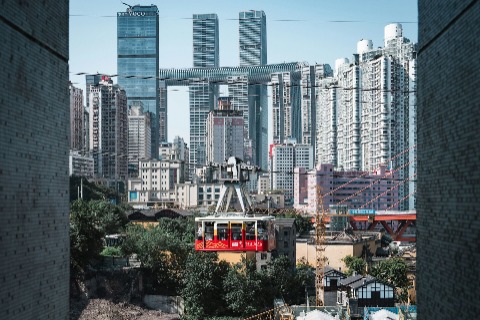Beijing Museum Guide
In China’s cultural center, visiting the museums would be a great choice
Beijing boasts an impressive number of museums. As of the end of August 2023, there are 218 registered museums in the city, making it home to the largest and most robust museum cluster in China. Additionally, Beijing’s museums hold a total of 16.255 million items, the highest collection count among all cities in China.
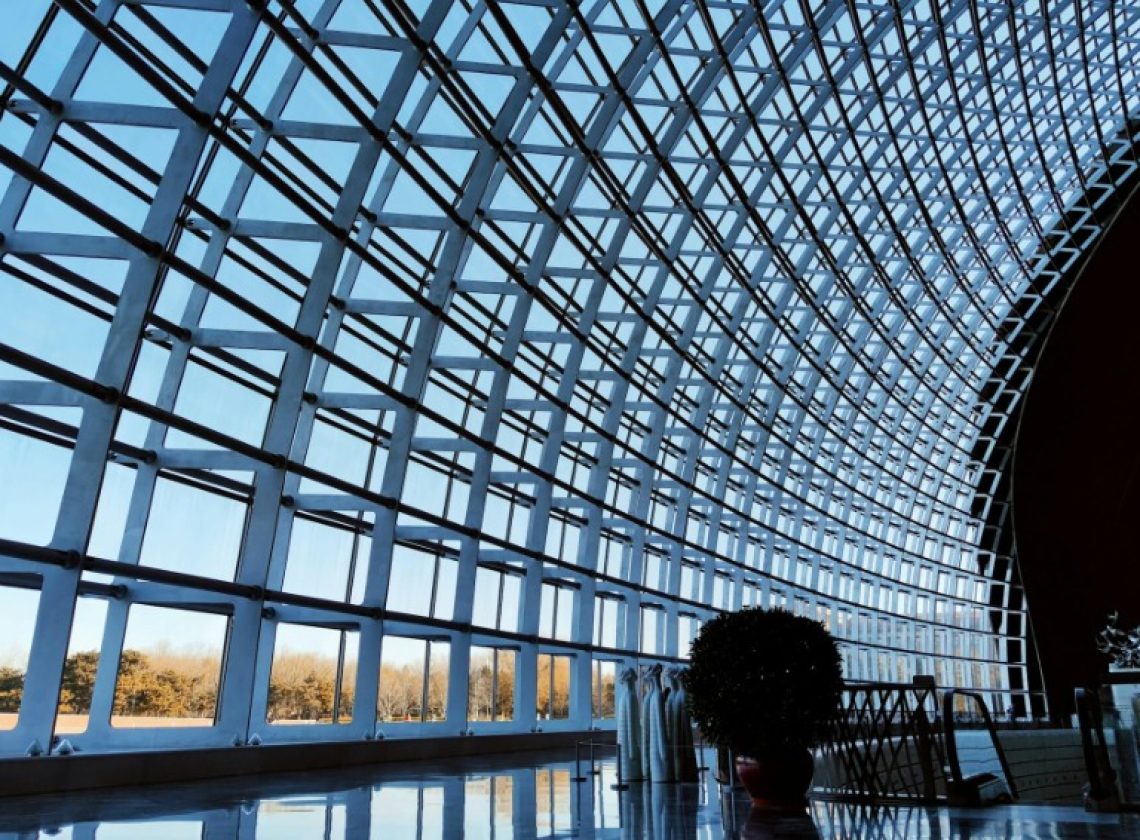
Highlights
The Palace Museum (Chinese name: 故宫博物院)
As China’s largest ancient architectural complex and royal palace, the Palace Museum preserves a vast collection of artifacts and artworks from the Ming and Qing dynasties, including precious ceramics, jade, and textiles. It is not only a testament to Chinese history but also a treasure trove of traditional Chinese art. Note that the Palace Museum and the Forbidden City refer to the same place.
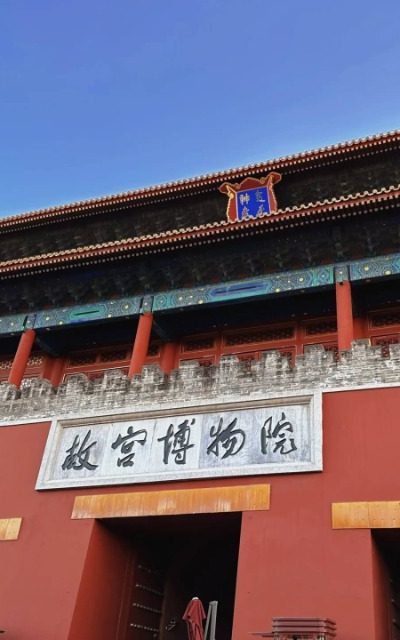
The National Museum of China (中国国家博物馆)
As the largest single-building museum in the world, the National Museum of China boasts an extensive collection of artifacts that showcase the five-thousand-year history of Chinese civilization. Its exhibitions are organized around historical themes, featuring ancient bronzes, ceramics, and jade, as well as modern calligraphy, paintings, and stamps. Additionally, the museum has a dedicated children’s section that introduces kids to Chinese history and culture in an engaging and educational way.
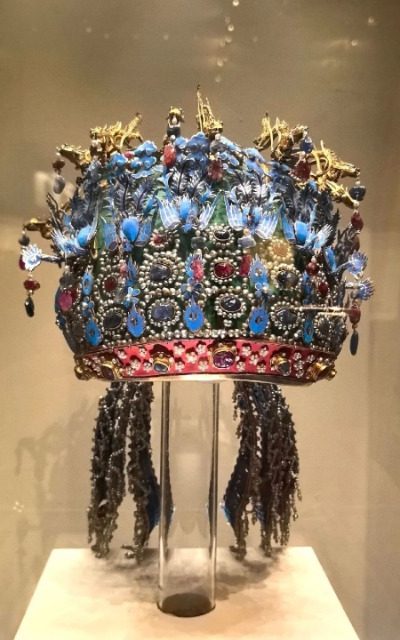
The Capital Museum (首都博物馆)
This large, comprehensive museum showcases China’s culture and history from ancient times to the modern era. It boasts a rich collection, including bronzes, ceramics, calligraphy, paintings, and ancient gold and silver artifacts, many of which are considered national treasures.
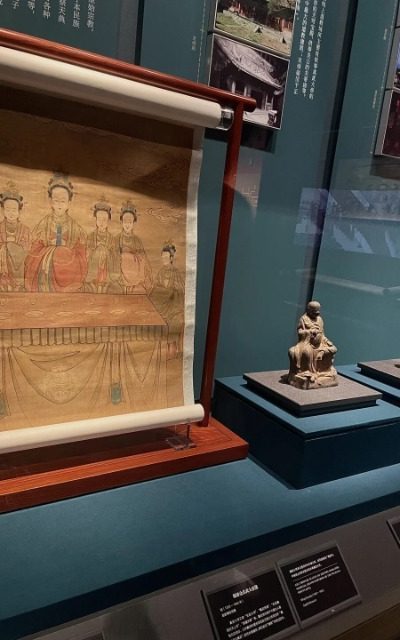
National Natural History Museum of China (国家自然博物馆)
The National Museum of Natural History in Beijing is China’s only national-level, comprehensive natural history museum. It represents the country’s efforts to protect, research, collect, interpret, and display natural specimens and natural heritage with historical, scientific, and artistic value. The museum features a rich array of exhibits, including invertebrates, ancient reptiles, a dinosaur park, prehistoric mammals, animal-human relationships, and the plant world. It holds the largest collection of rare specimens among natural history museums in China, including the fossil of Choyrodus, the earliest known placental mammal, the well-preserved fossil of Hesperornis, with reconstructed feather colors, and the complete fossil of the “Yellow River Elephant.”
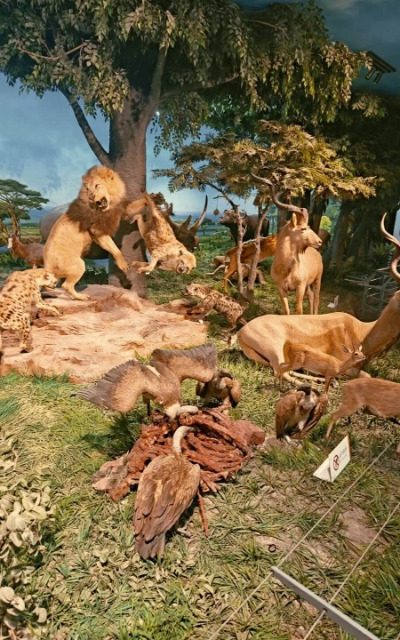
China Science and Technology Museum (中国科学技术馆)
The China Science and Technology Museum is one of the largest science education centers in China, combining science, education, and entertainment. It features various themed exhibition areas covering fields such as physics, chemistry, biology, and earth sciences. Through interactive exhibits and hands-on experiments, visitors can experience the wonders of science firsthand.

Chinese Aviation Museum (中国航空博物馆)
The China Aviation Museum in Beijing is the largest aviation museum in Asia and ranks among the top five in the world. Its rich collection spans various aircraft models, including China’s first subsonic jet fighter, the first early-warning aircraft, the first electronic countermeasure aircraft, and modern fighter jets. The museum features over 300 aircraft of more than 130 different types, along with over 15,300 pieces of air force equipment, including surface-to-air missiles, anti-aircraft guns, and radar systems.
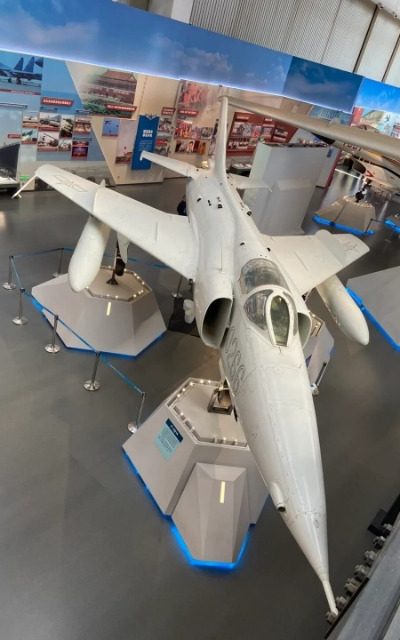
Chinese People’s Revolutionary Military Museum (中国军事博物馆)
The Military Museum of the Chinese People’s Revolution is the only national-level, large-scale comprehensive military museum in China. It houses over 340,000 artifacts and exhibits, including more than 250 large weaponry pieces, over 1,600 artworks, and 2,551 gifts received from international military exchanges. Notable exhibits include the MiG-15 fighter jet used during the Korean War, the P-51 Mustang that led the inaugural parade of the People’s Republic of China, and China’s first tank, the “Gongchenhao.”
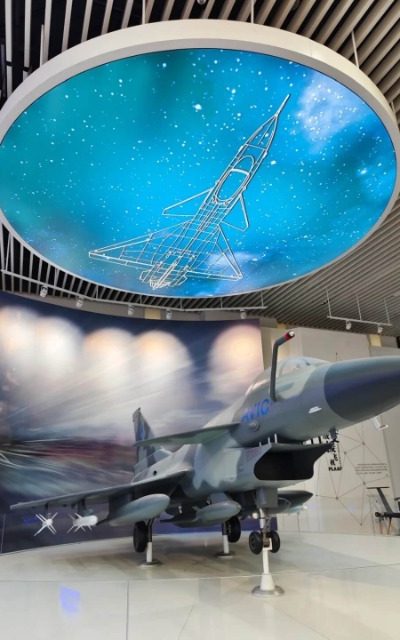
China National Film Museum (中国电影博物馆)
The China Film Museum is the largest national-level film museum in the world. It was established as a landmark to commemorate the 100th anniversary of Chinese cinema and officially opened to the public on February 10, 2007. The museum’s exhibits include information on over 1,500 films, more than 4,300 photographs, profiles of over 450 film professionals, and a collection of over 40,000 items. In addition to its exhibition halls, the museum features six screening rooms, including a large-format theater that can accommodate more than 1,000 viewers.
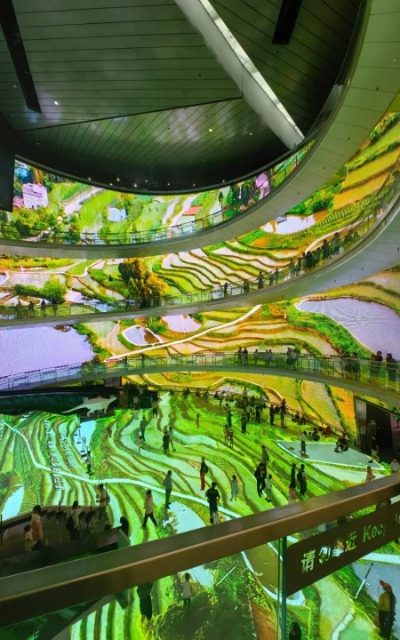
National Art Museum of China (中国美术馆)
This museum focuses on collecting, researching, and displaying works by modern and contemporary Chinese artists. As of now, the National Art Museum of China holds over 110,000 pieces, encompassing a wide range of art forms including Chinese painting, oil painting, printmaking, sculpture, watercolor, calligraphy, and folk art.
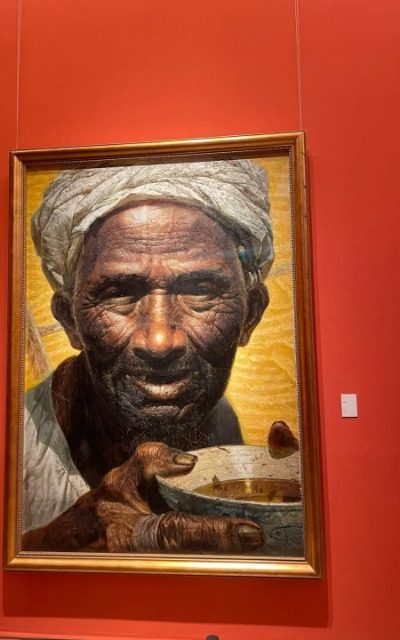
Beijing Planetarium (北京天文馆)
The Beijing Planetarium is China’s first large-scale planetarium, opening to the public in 1957. The planetarium’s star theater uses advanced equipment to realistically recreate approximately 9,000 visible stars, offering visitors an authentic stargazing experience. It features three astronomical theaters: a cosmic theater, a 3D theater, and a 4D theater, along with a range of science education facilities including an astronomy exhibition hall, a solar observation station, a public observatory, and astronomy classrooms.
